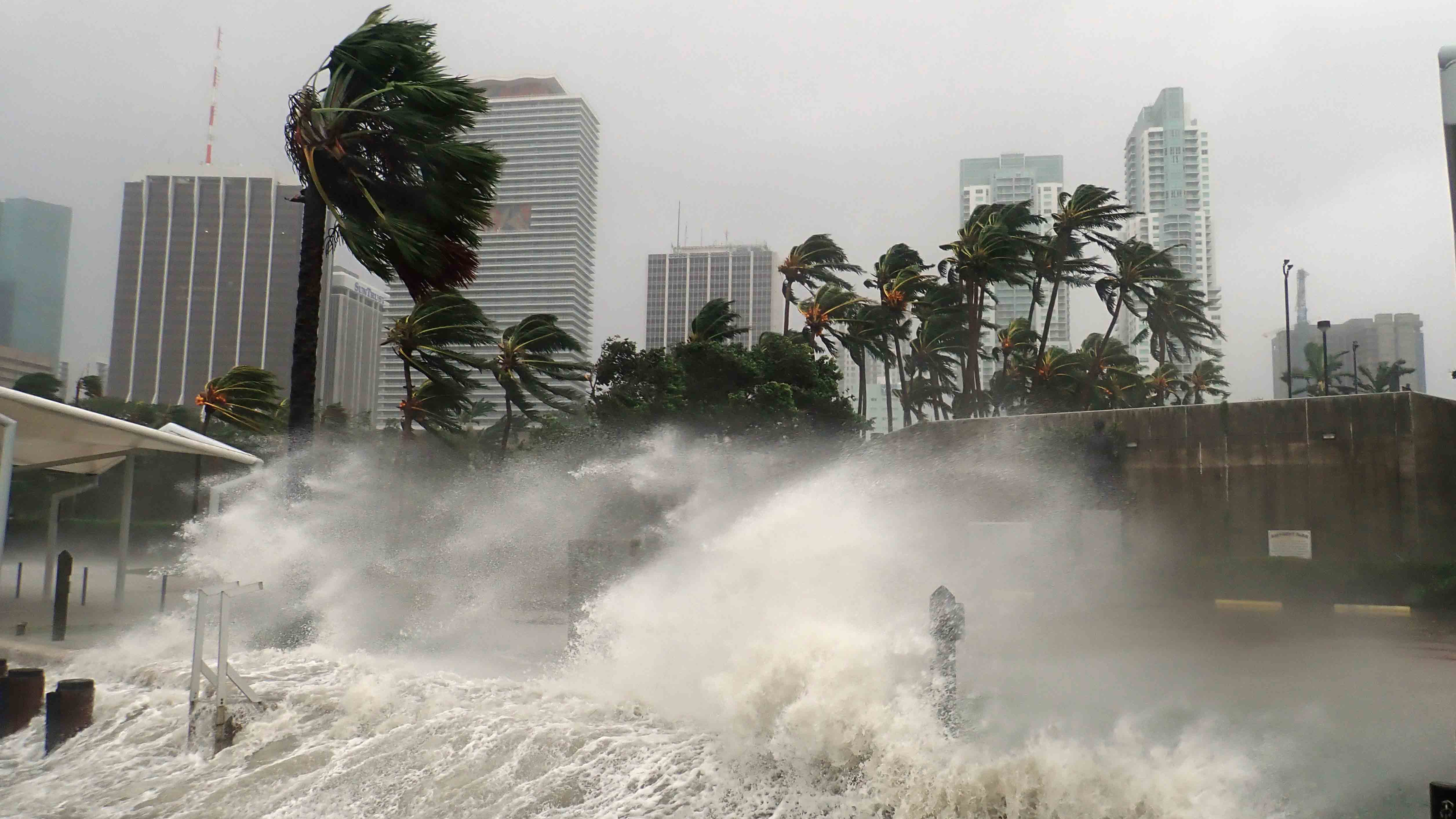10 Best Cities for Commuters
If the daily slog through rush-hour gridlock is wearing through your tires, your psyche and your pocketbook, consider our list of the ten American cities with the easiest, most affordable commutes.
To make the cut, our cities all have a metro population of at least 1 million and a low congestion cost (a measurement of wasted time and fuel calculated by the Texas Transportation Institute). We also factored in the average length of commute, local gas prices, yearly delays per commuter, and public transit use.
See our 10 Best Cities for Commuters as a slide show.
Our winners have some shared characteristics. Most have populations between 1 and 2 million. Their congestion costs all fall below $550 per person (the national average is $808). Some have seen massive population declines, clearing out roadways built for heavy travel. Others take advantage of abundant land, sprawling highway systems, and lots of urban parking lots. All have some of the happiest, least-stressed urban commuters in the country.
NATIONAL AVERAGES:
Yearly Congestion Cost: $808

Sign up for Kiplinger’s Free E-Newsletters
Profit and prosper with the best of expert advice on investing, taxes, retirement, personal finance and more - straight to your e-mail.
Profit and prosper with the best of expert advice - straight to your e-mail.
Average Length of Commute: 11.79 miles
Cost of Regular Gas: $3.23 per gallon
Yearly Delays per Commuter: 34 hours
Yearly Fuel Wasted per Commuter: 28 gallons
Public Transit Users: 5%
10. Hartford-West Hartford-East Hartford, CT
Population: 1,195,998
Yearly Congestion Cost: $541
Average Length of Commute: 13.92 miles
Cost of Regular Gas: $3.38
Yearly Delays per Commuter: 24 hours
Yearly Fuel Wasted per Commuter: 21 gallons
Public Transit Users: 3.3%
Hartford edges out Sacramento for the last spot on our list of easy, affordable commutes. The city offers a free downtown circulator bus service called the Star Shuttle. There are 45 parking garages downtown, some of which are free, and lots of on-street parking.
9. Louisville/Jefferson County, KY-IN
Population: 1,258,577
Yearly Congestion Cost: $521
Average Length of Commute: 10.62
Cost of Regular Gas: $3.27
Yearly Delays per Commuter: 22 hours
Yearly Fuel Wasted per Commuter: 19 gallons
Public Transit Users: 2.8%
At the intersection of the Watterson (I-264) and Gene Snyder (I-265) highways, Louisville offers 13 city-owned downtown parking garages and six lots. Commuters can buy monthly parking permits or use prepaid parking meter smart cards, which refund the minutes you don’t use. Commutes are shorter, congestion is low.
8. Kansas City, MO-KS
Population: 2,067,585
Yearly Congestion Cost: $498
Average Length of Commute: 9.16 miles
Cost of Regular Gas: $3.04
Yearly Delays per Commuter: 21 hours
Yearly Fuel Wasted: 20 gallons
Public Transit Users: 1.7%
Most Kansas City commuters drive, taking advantage of the city’s flat, expansive highway system. Downtown features easy access from I-70, I-35 and U.S. 71 roadways. Parking is abundant, with nearly 22,000 parking spots downtown. Prices vary, but many spots are free (for a max of three hours). Gas is cheap here, too, relative to the rest of the country.
7. Cincinnati-Middletown, OH-KY-IN
Population: 2,171,896
Yearly Congestion Cost: $451
Average Length of Commute: 10.52 miles
Cost of Regular Gas: $3.28
Yearly Delays per Commuter: 19 hours
Yearly Fuel Wasted per Commuter: 15 gallons
Public Transit Users: 3.2%
Cincinnati’s population of more than 2 million (the largest on our list) hardly clogs up the roads. 3.2% of the city’s residents use public transit, which includes two bus services: The city-owned METRO and Kentucky’s TANK service. Cincinnati also plans to add a streetcar to the mix, a major project which seeks to replicate transit systems in Atlanta and Seattle.
6. Cleveland-Elyria-Mentor, OH
Population: 2,091,286
Yearly Congestion Cost: $423
Average Length of Commute: 10.81 miles
Cost of Regular Gas: $ $3.27
Yearly Delays per Commuter: 19 hours
Yearly Fuel Wasted per Commuter: 16 gallons
Public Transit Users: 4.8%
Cleveland boasts the highest rate of public transit users on our list, with 4.8% of its residents taking advantage of the city’s buses and trolleys. Almost 13% of Cleveland residents carpool to work, beating the national average of 10.5%. In October, the city opened its $9.6 million Stephanie Tubbs Jones Transit Center, a downtown bus hub. Population losses have made its heavy-duty highway system a boon for commuters.
5. Buffalo-Niagara Falls, NY
Population: 1,123,804
Yearly Congestion Cost: $417
Average Length of Commute: 8.15 miles
Cost of Regular Gas: $3.38
Yearly Delays per Commuter: 17 hours
Yearly Fuel Wasted per Commuter: 16 gallons
Public Transit Users: 4.1%
Snow happens in Buffalo. But congestion hardly does. The 1.4-mile, 110-foot-tall Skyway offers a fast journey from South Buffalo to downtown (although ice sometimes makes it impassable). Buffalo’s population has halved in the past 60 years. The double-edged result is easy driving for those who remain.
4. Richmond, VA
Population: 1,238,187
Yearly Congestion Cost: $411
Average Length of Commute: 12.31 miles
Cost of Regular Gas: $3.08
Yearly Delays per Commuter: 19 hours
Yearly Fuel Wasted: 16 gallons
Public Transit Users: 2.3%
Richmond is easily traveled by car, with several major highways feeding right through the center of the city. Average temperatures rarely dip below freezing, giving Richmond the perfect commuting weather. The nightmare congestion of I-95 around Washington, D.C., 120 miles to the north is far, far away. Gas prices are lower than the national average, too.
3. Providence-New Bedford-Fall River, RI-MA
Population: 1,600,642
Yearly Congestion Cost: $406
Average Length of Commute: 11.62 miles
Cost of Regular Gas: $3.26
Yearly Delays per Commuter: 19 hours
Yearly Fuel Wasted per Commuter: 15 gallons
Public Transit Users: 2.9%
Located at the crux of I-95 and I-195, the capital of the Ocean State boasts convenient highway access. In addition to 40 parking garages, the city has more than 1,000 on-street parking spaces that charge about $1 per hour. Yearly fuel wasted here is almost half the national average.
2. Columbus, OH
Population: 1,801,848
Yearly Congestion Cost: $388
Average Length of Commute: 12.30 miles
Cost of Regular Gas: $3.28
Yearly Delays per Commuter: 17 hours
Yearly Fuel Wasted per Commuter: 15 gallons
Public Transit Users: 2.2%
What else can you expect from a city whose mayor, Michael B. Coleman, is nicknamed “Bikin’ Mike”? Columbus supports a bike-friendly commuter culture while pouring money into its roadways. Over the past several years, the city has teamed up with the Ohio Department of Transportation to improve safety and conditions on its I-70/71 corridor.
1. Rochester, NY
Population: 1,035,566
Yearly Congestion Cost: $273
Average Length of Commute: 10.23 miles
Cost of Regular Gas: $ 3.38
Yearly Delays per Commuter: 12 hours
Yearly Fuel Wasted: 11 gallons
Public Transit Users: 2.9%
Rochester boasts an annual congestion cost that is $100 less than our runner-up. Residents spend a mere 19 minutes on average commuting to work, compared with a national average of 25 minutes. A Roc-City commuter’s chief challenge is the snowfall, which averages about 100 inches annually. But local drivers are snow pros: It’s not uncommon to see homemade plows clearing driveways and side streets after a particularly heavy fall.
Get Kiplinger Today newsletter — free
Profit and prosper with the best of Kiplinger's advice on investing, taxes, retirement, personal finance and much more. Delivered daily. Enter your email in the box and click Sign Me Up.
Susannah Snider worked as a research-reporter and staff writer at Kiplinger Personal Finance Magazine. She went on to serve as managing editor for money at U.S. News, overseeing articles and content covering real estate, personal finance and careers. She is a certified financial planner professional and earned her CFP marks in 2019.
-
 Stock Market Today: Trump Retreats, Markets Rejoice
Stock Market Today: Trump Retreats, Markets RejoiceStocks rally, yields soften, the dollar rises, and even beaten-down names enjoy the wages of potential trade peace.
By David Dittman
-
 In Trump’s Economy Should 401(k) Savers 'Set It and Forget It?'
In Trump’s Economy Should 401(k) Savers 'Set It and Forget It?'It’s hard to bury your head in the sand when the markets are volatile. Here’s when it makes sense and when it doesn’t.
By Donna Fuscaldo
-
 How to Search For Foreclosures Near You: Best Websites for Listings
How to Search For Foreclosures Near You: Best Websites for ListingsMaking Your Money Last Searching for a foreclosed home? These top-rated foreclosure websites — including free, paid and government options — can help you find listings near you.
By Bob Niedt
-
 Luxury Home Prices Rise as the Rich Dodge High Mortgage Rates
Luxury Home Prices Rise as the Rich Dodge High Mortgage RatesLuxury home prices rose 9% to the highest third-quarter level on record, Redfin reports, growing nearly three times faster than non-luxury prices.
By Kathryn Pomroy
-
 Four Tips for Renting Out Your Home on Airbnb
Four Tips for Renting Out Your Home on Airbnbreal estate Here's what you should know before listing your home on Airbnb.
By Miriam Cross
-
 Five Ways to Shop for a Low Mortgage Rate
Five Ways to Shop for a Low Mortgage RateBecoming a Homeowner Mortgage rates are high this year, but you can still find an affordable loan with these tips.
By Daniel Bortz
-
 Looking to Relocate? Plan for Climate Change
Looking to Relocate? Plan for Climate Changebuying a home Extreme weather events are on the rise. If you’re moving, make sure your new home is protected from climate change disasters.
By Rivan V. Stinson
-
 Retirees, A Healthy Condo Has a Flush Reserve Fund
Retirees, A Healthy Condo Has a Flush Reserve FundSmart Buying Reserve funds for a third of homeowner and condo associations have insufficient cash, experts say. Here are some cautionary steps you should take.
By Patricia Mertz Esswein
-
 Cash Home Buyers: New Services Offer Help Making All-Cash Offers
Cash Home Buyers: New Services Offer Help Making All-Cash OffersBecoming a Homeowner Some firms help home buyers make all-cash offers on homes. Weigh the fees before you sign on.
By Emma Patch
-
 Home Sale Prices in the 50 Largest Metro Areas
Home Sale Prices in the 50 Largest Metro AreasBecoming a Homeowner What’s happening in the market where you live?
By the editors of Kiplinger's Personal Finance